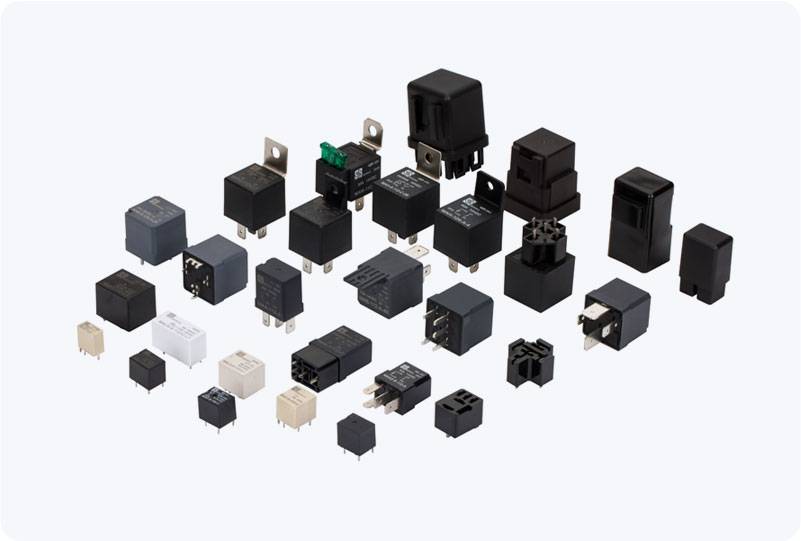Automotive relays are crucial components in modern vehicles, enabling the efficient control of electrical systems. These small devices allow a low-power signal to control high-power circuits, making them essential in applications ranging from headlights and ignition systems to air conditioning and power windows. At the heart of every relay is the coil, a key element that plays a vital role in its functionality. Understanding automotive relay coil specifications is essential for selecting the right relay for a vehicle’s electrical system.

Coil Voltage and its Importance One of the most critical specifications to consider when dealing with automotive relay coils is the coil voltage. The coil voltage determines the electrical input required to activate the relay. Automotive systems typically use either 12V or 24V for their relays, with 12V being the standard for passenger vehicles and 24V being used in larger commercial trucks and heavy-duty equipment. Choosing the correct coil voltage is essential for reliable operation. If the coil voltage is too low, the relay may fail to activate properly. Conversely, a higher voltage can cause excessive heat and even damage the relay. Therefore, it is crucial to match the coil voltage with the vehicle’s electrical system to ensure that the relay operates efficiently and reliably.